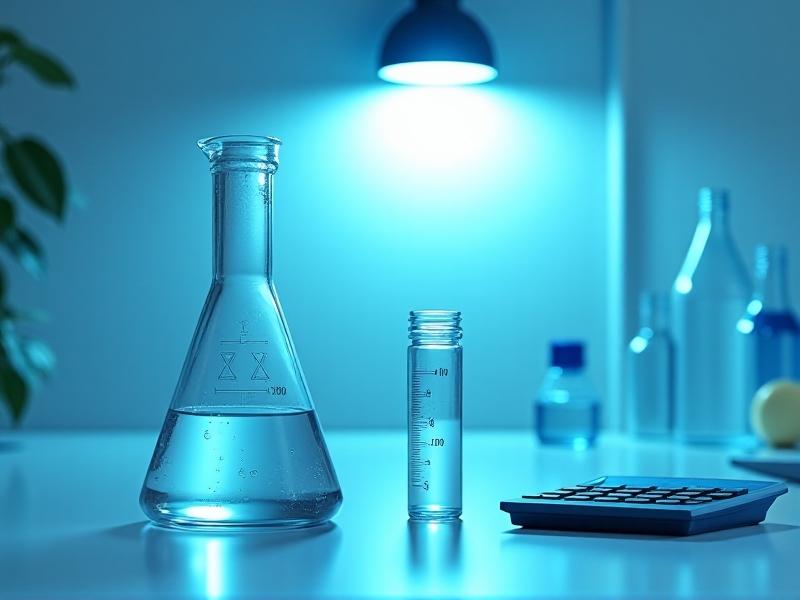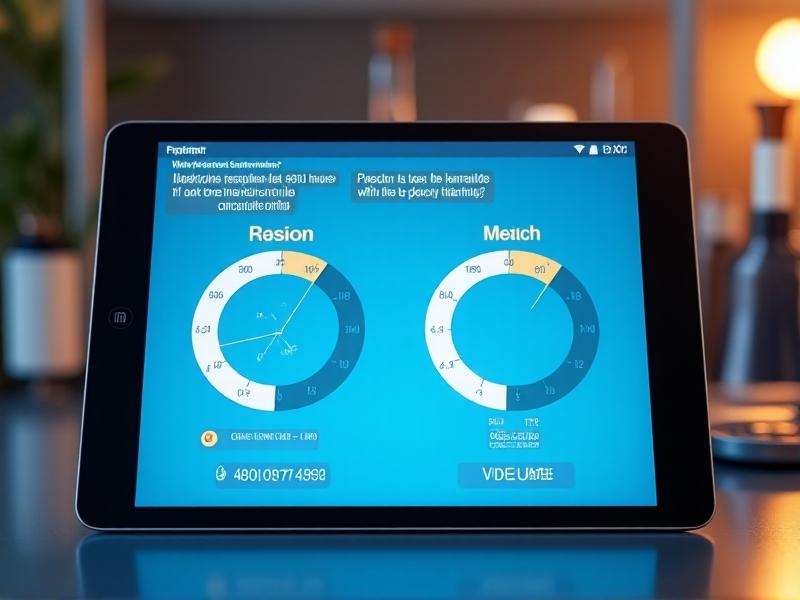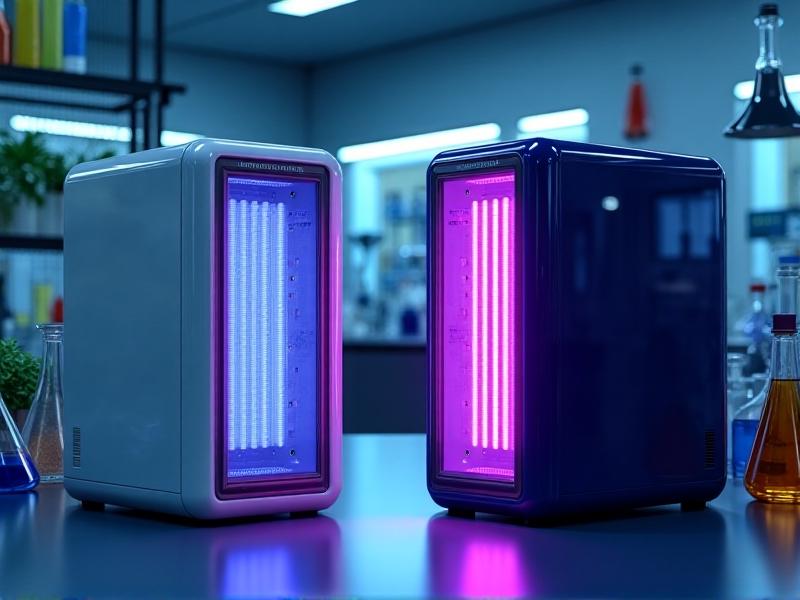Hydrogen Peroxide Dilution Calculators
Understanding Hydrogen Peroxide Dilution
Hydrogen peroxide is a versatile chemical used in various applications, from medical disinfection to household cleaning. However, its concentration must often be diluted to ensure safety and effectiveness. Understanding how to dilute hydrogen peroxide properly is crucial for achieving the desired results without causing harm.
Hydrogen peroxide is available in different concentrations, typically ranging from 3% to 35%. The concentration you need depends on the specific application. For example, 3% hydrogen peroxide is commonly used for wound care, while higher concentrations are used for industrial purposes. Diluting hydrogen peroxide involves mixing it with water to achieve the desired concentration.
One of the most common methods for diluting hydrogen peroxide is using a dilution calculator. These calculators take the initial concentration of hydrogen peroxide, the desired concentration, and the volume needed, and then calculate the amount of water required to achieve the dilution. This ensures accuracy and safety in the dilution process.

Why Use a Hydrogen Peroxide Dilution Calculator?
Using a hydrogen peroxide dilution calculator offers several advantages. First, it eliminates guesswork, ensuring that you achieve the exact concentration needed for your application. This is particularly important in medical and laboratory settings where precision is critical.
Second, a dilution calculator helps prevent accidents. Hydrogen peroxide in high concentrations can be hazardous, causing skin burns or other injuries. By accurately calculating the required dilution, you minimize the risk of handling concentrated hydrogen peroxide.
Third, dilution calculators save time. Instead of manually calculating the dilution ratios, which can be time-consuming and prone to errors, a calculator provides instant results. This allows you to focus on your task rather than the math involved in dilution.
Finally, using a dilution calculator ensures consistency. Whether you're diluting hydrogen peroxide for a one-time use or for repeated applications, a calculator ensures that you achieve the same concentration every time, leading to consistent results.

How to Use a Hydrogen Peroxide Dilution Calculator
Using a hydrogen peroxide dilution calculator is straightforward. First, you need to know the initial concentration of the hydrogen peroxide you have. This information is usually provided on the product label. Next, determine the desired concentration for your application. This will depend on what you're using the hydrogen peroxide for.
Once you have these two pieces of information, input them into the calculator along with the volume of hydrogen peroxide you need. The calculator will then provide the amount of water required to achieve the desired dilution. It's important to measure both the hydrogen peroxide and water accurately to ensure the correct concentration.
After calculating the dilution, mix the hydrogen peroxide and water thoroughly. It's recommended to use a clean container and stir the mixture well to ensure even distribution. Always label the diluted solution with the new concentration to avoid confusion.
Remember to handle hydrogen peroxide with care, especially in higher concentrations. Wear protective gloves and eyewear, and work in a well-ventilated area to minimize exposure to fumes.

Common Applications of Diluted Hydrogen Peroxide
Diluted hydrogen peroxide has a wide range of applications across different fields. In the medical field, it's commonly used as an antiseptic for cleaning wounds and preventing infections. The typical concentration for this use is 3%, which is safe for skin contact.
In household cleaning, hydrogen peroxide is an effective disinfectant for surfaces, cutting boards, and even laundry. A diluted solution can kill bacteria, viruses, and fungi, making it a versatile cleaning agent. It's also used as a mouthwash to kill bacteria and whiten teeth, though it should be used in very low concentrations to avoid irritation.
In gardening, hydrogen peroxide can be used to treat plant roots and prevent root rot. A diluted solution can also be used to clean gardening tools, preventing the spread of plant diseases. Additionally, it's used in aquariums to treat fish diseases and maintain water quality.
In industrial settings, hydrogen peroxide is used for bleaching, sterilization, and as a chemical reagent. The concentration used varies depending on the specific application, but it's often diluted to ensure safety and effectiveness.
Safety Precautions When Diluting Hydrogen Peroxide
Diluting hydrogen peroxide requires careful handling to ensure safety. Always wear protective gear, including gloves and safety goggles, to protect your skin and eyes from potential splashes. Work in a well-ventilated area to avoid inhaling fumes, especially when dealing with higher concentrations.
When mixing hydrogen peroxide with water, use a clean container to avoid contamination. Avoid using metal containers, as hydrogen peroxide can react with certain metals. Plastic or glass containers are ideal for this purpose.
After dilution, label the container with the new concentration and the date of preparation. This helps prevent accidental misuse and ensures that you know how old the solution is. Store the diluted hydrogen peroxide in a cool, dark place, as exposure to light and heat can cause it to decompose.
If you accidentally spill hydrogen peroxide, clean it up immediately with plenty of water. Dispose of any contaminated materials properly, following local regulations for chemical disposal. Always keep hydrogen peroxide out of reach of children and pets.
Choosing the Right Hydrogen Peroxide Dilution Calculator
There are several hydrogen peroxide dilution calculators available online, each with different features. When choosing a calculator, consider its ease of use, accuracy, and the range of concentrations it can handle. Some calculators are designed for specific applications, such as medical or industrial use, so choose one that fits your needs.
Look for calculators that allow you to input the initial concentration, desired concentration, and volume needed. Some calculators also provide additional features, such as the ability to save your calculations or print them for future reference. These features can be particularly useful if you need to perform multiple dilutions.
It's also important to choose a calculator from a reputable source. Check user reviews and ratings to ensure that the calculator is reliable and accurate. Avoid using calculators from unknown or untrusted sources, as they may provide incorrect results.
Finally, consider using a mobile-friendly calculator if you need to perform dilutions on the go. Many online calculators are optimized for mobile devices, allowing you to access them from your smartphone or tablet.
DIY Hydrogen Peroxide Dilution Without a Calculator
While using a hydrogen peroxide dilution calculator is the most accurate method, it's also possible to dilute hydrogen peroxide manually. To do this, you'll need to know the initial concentration of the hydrogen peroxide and the desired concentration. You'll also need to calculate the volume of water needed based on these concentrations.
The formula for manual dilution is: (Initial Concentration / Desired Concentration) - 1 = Volume of Water to Add. For example, if you have 10% hydrogen peroxide and want to dilute it to 3%, you would calculate: (10 / 3) - 1 = 2.33. This means you need to add 2.33 parts water to 1 part hydrogen peroxide to achieve a 3% solution.
Once you've calculated the amount of water needed, measure it carefully and mix it with the hydrogen peroxide. Stir the mixture thoroughly to ensure even distribution. Always label the diluted solution with the new concentration to avoid confusion.
While manual dilution is possible, it's more prone to errors compared to using a calculator. For critical applications, such as medical or laboratory use, it's recommended to use a dilution calculator to ensure accuracy and safety.
Storing Diluted Hydrogen Peroxide Safely
Proper storage of diluted hydrogen peroxide is essential to maintain its effectiveness and ensure safety. Store the solution in a cool, dark place, as exposure to light and heat can cause hydrogen peroxide to decompose. A refrigerator is an ideal storage location, but make sure the container is tightly sealed to prevent contamination.
Use a container made of plastic or glass, as hydrogen peroxide can react with certain metals. Ensure the container is clean and free of any residues that could react with the hydrogen peroxide. Label the container with the concentration and the date of preparation to avoid confusion and ensure you know how old the solution is.
Keep the diluted hydrogen peroxide out of reach of children and pets. Although it's less concentrated than the original solution, it can still cause harm if ingested or spilled. If you need to transport the solution, ensure the container is securely sealed and placed in a secondary container to prevent leaks.
Regularly check the stored solution for any signs of decomposition, such as bubbles or a change in color. If you notice any changes, dispose of the solution safely and prepare a fresh batch. Proper storage and handling will ensure that your diluted hydrogen peroxide remains effective and safe to use.
Environmental Impact of Hydrogen Peroxide
Hydrogen peroxide is considered an environmentally friendly chemical because it breaks down into water and oxygen, leaving no harmful residues. However, its production and use still have an environmental impact, especially when used in large quantities or at high concentrations.
The production of hydrogen peroxide involves energy-intensive processes that contribute to greenhouse gas emissions. Additionally, the transportation and storage of concentrated hydrogen peroxide require careful handling to prevent spills and leaks, which can harm the environment.
When using hydrogen peroxide, it's important to minimize waste and avoid overuse. Use the appropriate concentration for your application and follow the recommended guidelines for dilution and disposal. Proper disposal of hydrogen peroxide involves neutralizing it with a reducing agent before releasing it into the environment.
Consider using alternative, more sustainable cleaning and disinfection methods where possible. For example, vinegar and baking soda can be effective for many household cleaning tasks. By reducing your reliance on hydrogen peroxide, you can minimize its environmental impact while still maintaining a clean and safe environment.






